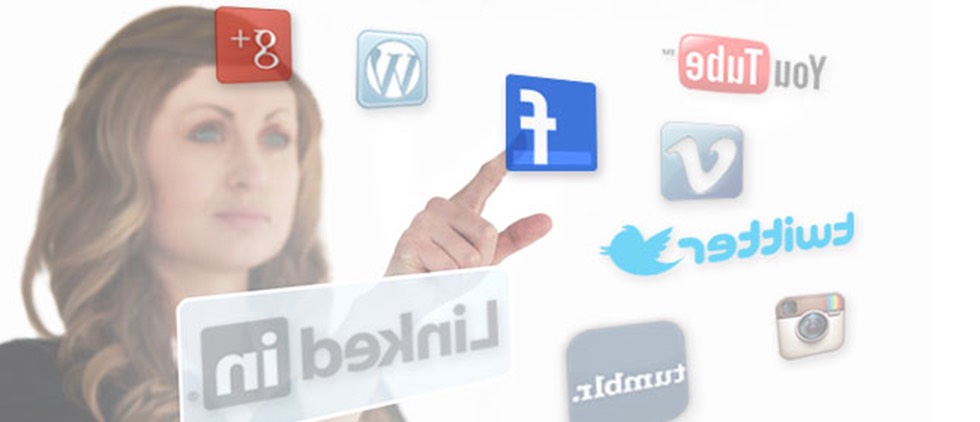Healthcare Marketing: Social Streams Must Serve a Purpose

If you build it, they will come.
If that’s the crux your social marketing strategy, I’ve got some bad news for you: no, they probably won’t.
A lot of healthcare marketing managers think that just by setting up Facebook pages and establishing Twitter accounts they’re good to go. That by “having a presence” on LinkedIn and Google+ they can check the box next to “social media” on their to-do lists and move on. Oh, if it were only that easy!

The most important thing to consider before embarking on a social effort – or to reconsider if you’ve already started and can’t seem to figure out why it’s not working – is whether or not any given platform or stream is actually going to serve a purpose for your hospital, provider or insurance company. That is to say, social media channels should only exist for your organization if they fulfill a specific need.
Purposeful streams include those that provide unique and quality content, build community and engagement, and can be fostered and supported on an ongoing and regular basis. If your streams can manage to do all those things, they will build awareness, a positive image for your healthcare organization, and – hopefully – a larger fan base.
Here are a few things to think about as you build (or rebuild) your social marketing strategy.
Too many streams, not enough differentiating content
There’s nothing worse than checking out an organization’s Twitter stream and seeing that each tweet is really a cut-off Facebook post. Seriously: why bother? If you can’t come up with platform-appropriate content, you’re really not serving any purpose or filling any need. Remember: what’s good for Facebook may not be good for Twitter, may not be good for LinkedIn, may not be good for Pinterest, etc. Not every platform is equal and each social network has a different potential that can be maximized in different ways for healthcare. Your fans and followers know this and expect you to know it, too.
Be where your audience is
Fundamentally, just because a social platform exists doesn’t mean that your organization should join it. A good question to ask yourself when finding your social space is, “Where is my audience?” Who are you trying to reach? If you’re looking to build a robust and engaged community among an audience of consumers, maybe Facebook is a better option than, say, LinkedIn – which might be a better option for you if you’re trying to build influence or thought leadership within an audience primarily made up of businesses and business-minded folks. Likewise, if your organization and audience have a fun side, perhaps a little Pinterest personality is in order.
Fresh content and timely engagement are key
If you’re on Twitter, you have to be on Twitter. Meaning: one or two tweets a week is not going to cut it. You have to keep your content coming – or else no one’s going to take your effort seriously. Different platforms have different standards for what is considered a “good amount” of updates; learn those standards and stick to them. And, of course, updates are only half of it: the other half is the conversation you’re having with your audience. This requires an active presence so you can respond in a timely manner. Even if you’re not using your stream as a “customer service” medium, you’re still going to be answering questions and providing assistance – it’s just the nature of social. Make sure you have the tools and people in place so you’re able to support it.
Remember: a social stream with the right content, engagement and support can tap into the energy of your audience and create enthusiasm and advocacy among its members.






